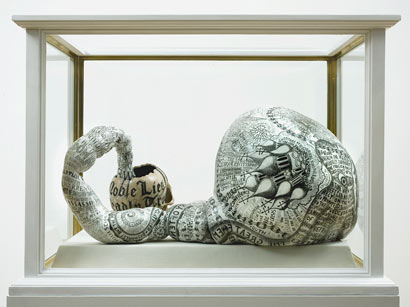You know when fluoridation first began?

The discovery that natural clay forms a protective shell around tiny air bubbles has profound implications for our theories about the origin of life on Earth.
One of the great mysteries in biology is the origin of cell membranes, the protective layers that completely surround the complex chemical soup in which many of life’s most delicate processes take place.
DNA and its attendant biochemical machinery can only operate in the carefully controlled environment that the cell membrane creates. But curiously, one of the important jobs that this machinery does is to create the chemical building blocks that then self-assemble into the membrane itself. So that creates a paradox: the membrane cannot form without the biochemical machinery but this will not work without the protection of the cell membrane.
The puzzle is which came first. How could cell membranes have evolved without biochemical machines to manufacture the building blocks? And alternatively, how could the biochemical machines have evolved without the crucial protection that cell membranes provide? It’s a chicken and egg problem.
In recent years, an answer has emerged. It very much looks as if the cell membranes came first and the evidence comes from numerous studies that show how simple organic molecules can self-assemble into bubble-like structures called vesicles.
Various groups have shown how these vesicles can form not only in the prebiotic soup that probably existed early in Earth’s history but also on the surface of ultracold crystals that we know to exist in interstellar space.
By this way of thinking, the vesicles provided a protective environment in which the molecules of life slowly evolved.
Today, we get another option. Anand Bala Subramaniam at Harvard University and a few pals have discovered that this process of vesicle formation also happens in a naturally occurring clay called montmorillonite. That’s the kind of stuff that might clogg your boots after a hike.
artwork { Dominic McGill }



